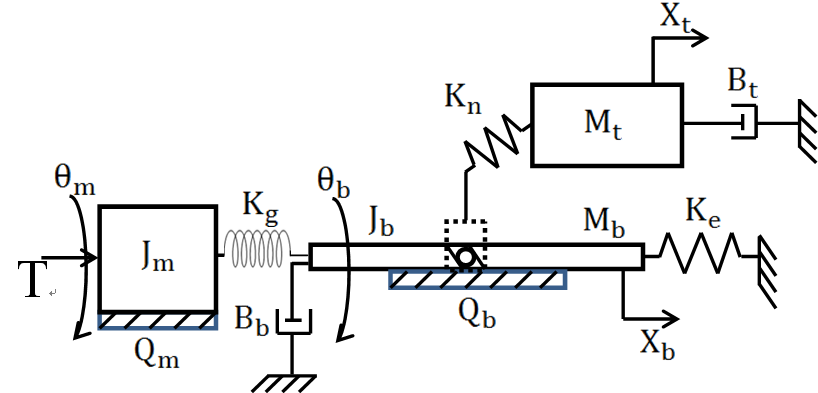Ball Nut Preload Diagnosis of the Hollow Ball Screw through Support Vector Machine
Keywords:
ball nut preload, ball screw, support vector machineAbstract
This paper studies the diagnostic results of hollow ball screws with different ball nut preload through the support vector machine (SVM) process. The method is testified by considering the use of ball screw pretension and different ball nut preload. SVM was used to discriminate the hollow ball screw preload status through the vibration signals and servo motor current signals. Maximum dynamic preloads of 2%, 4%, and 6% ball screws were predesigned, manufactured, and conducted experimentally. Signal patterns with different preload features are separatedby SVM. The irregularity development of the ball screw driving motion current and rolling balls vibration of the ball screw can be discriminated via SVM based on complexity perception. The experimental results successfully show that the prognostic status of ball nut preload can be envisaged by the proposed methodology. The smart reasoning for the health of the ball screw is available based on classification of SVM. This diagnostic method satisfies the purposes of prognostic effectiveness on knowing the ball nut preload status
References
Y. Chen and J. Lee, “Methodology for ball screw component health assessment and failure analysis,” Proc. the ASME International Science and Engineering Conference, vol. 2, pp. V002T02A031-1- V002T02A031-9, 2013.
H. Shimoda, “Stiffness analysis of ball screws-influence of load distribution and manufacturing error,” International Journal of the Japan Society for Precision Engineering, vol. 33, no. 3, pp. 168-172, November 1999.
P. C. Tsai, C. C. Cheng, and Y. C. Hwang, “Ball screw preload loss detection using ball pass frequency,” Mechanical Systems and Signal Processing, vol. 48, no. 1-2, pp. 77-91, October 2014.
C. G. Zhou, H. T. Feng, Z. T. Chen, and Y. Ou, “Correlation between preload and no-load drag torque of ball screws,” International Journal of Machine Tools & Manufacture, vol. 102, pp. 35-40, March 2016.
S. R. Gunn, “Support vector machines for classification and regression,” Univ. of Southampton, Faculty of Engineering, Science and Mathematics School of Electronics and Computer Science, Technical Report, May 10, 1998.
A. Smola and S. V. N. Vishwanathan, Introduction to machine learning, Cambridge University Press, 2008.
C. Cortes and V. M. Vapnik, “Support-vector networks,” Machine Learning, vol. 20, no. 3, pp. 273-297, September 1995.
S. J. Wang, A. Mathew, Y. Chen, L. F. Xi, L. Ma, and J. Lee, “Empirical analysis of support vector machine ensemble classifiers,” Expert System with Applications vol. 36, no. 3, pp. 6466-6476, April 2009.
Y. C. Huang and X. Y. Chen, “Investigation of a ball screw feed drive system based on dynamic modeling for motion control,” Advances in Technology Innovation, vol. 2, no. 2, pp. 29-33, 2017.

Published
How to Cite
Issue
Section
License
Submission of a manuscript implies: that the work described has not been published before that it is not under consideration for publication elsewhere; that if and when the manuscript is accepted for publication. Authors can retain copyright in their articles with no restrictions. is accepted for publication. Authors can retain copyright of their article with no restrictions.
Since Jan. 01, 2019, AITI will publish new articles with Creative Commons Attribution Non-Commercial License, under The Creative Commons Attribution Non-Commercial 4.0 International (CC BY-NC 4.0) License.
The Creative Commons Attribution Non-Commercial (CC-BY-NC) License permits use, distribution and reproduction in any medium, provided the original work is properly cited and is not used for commercial purposes.



